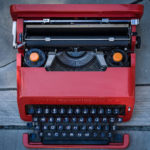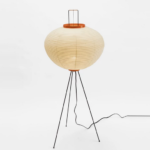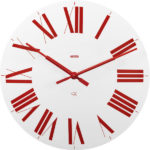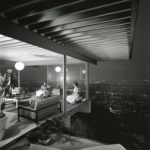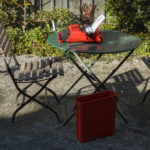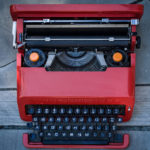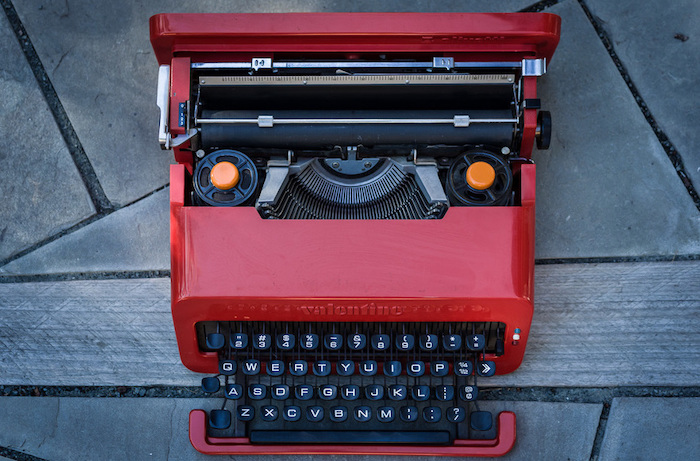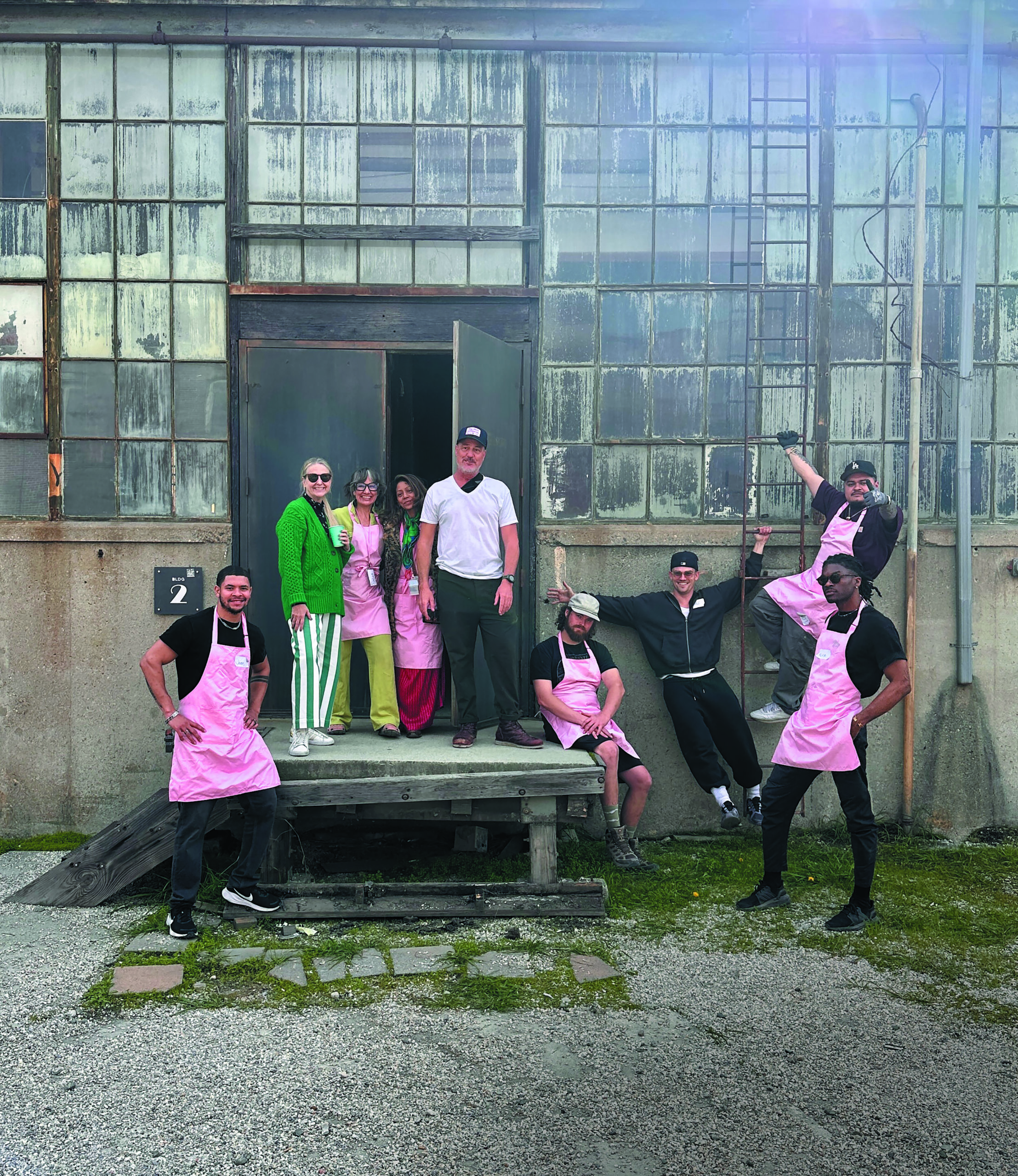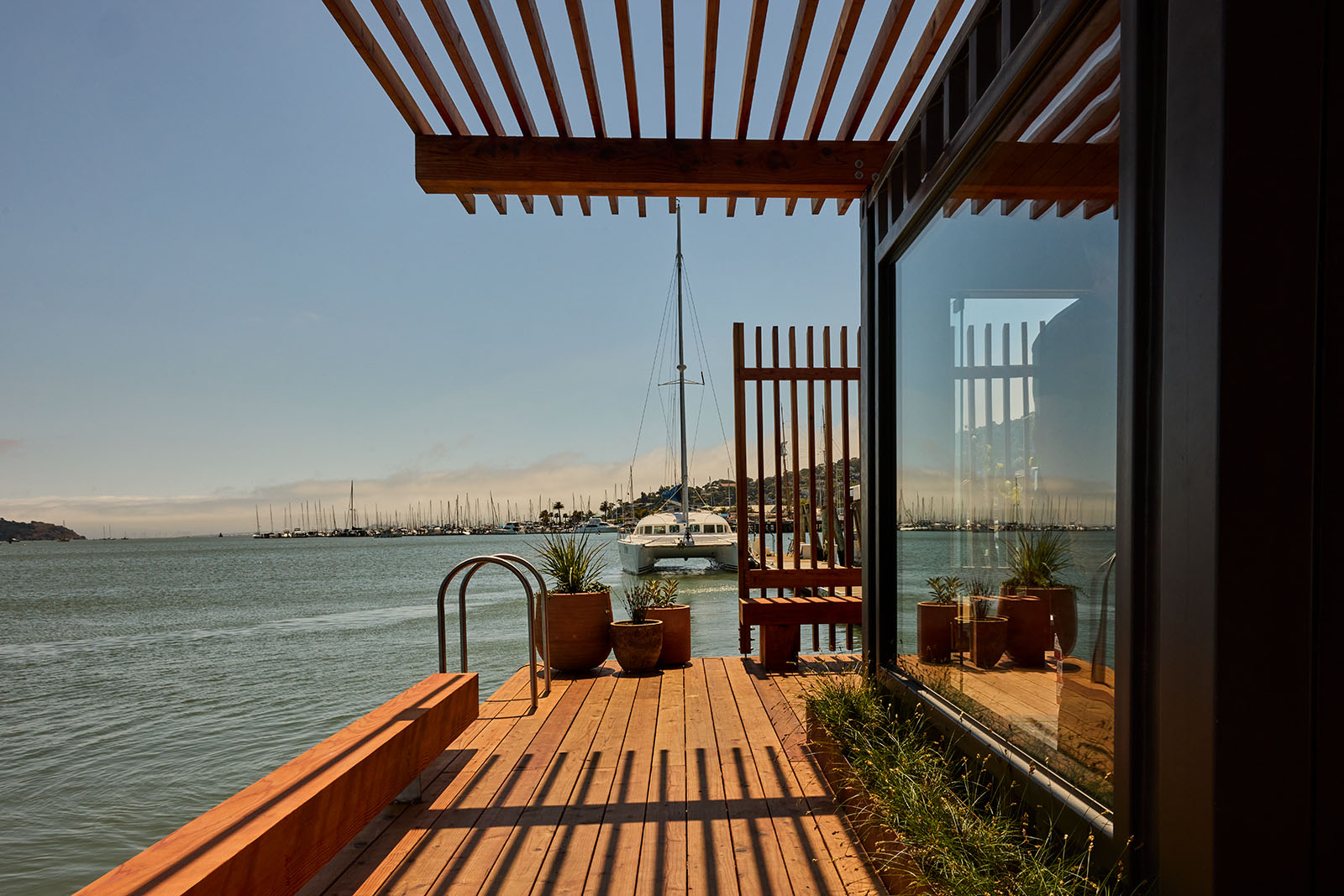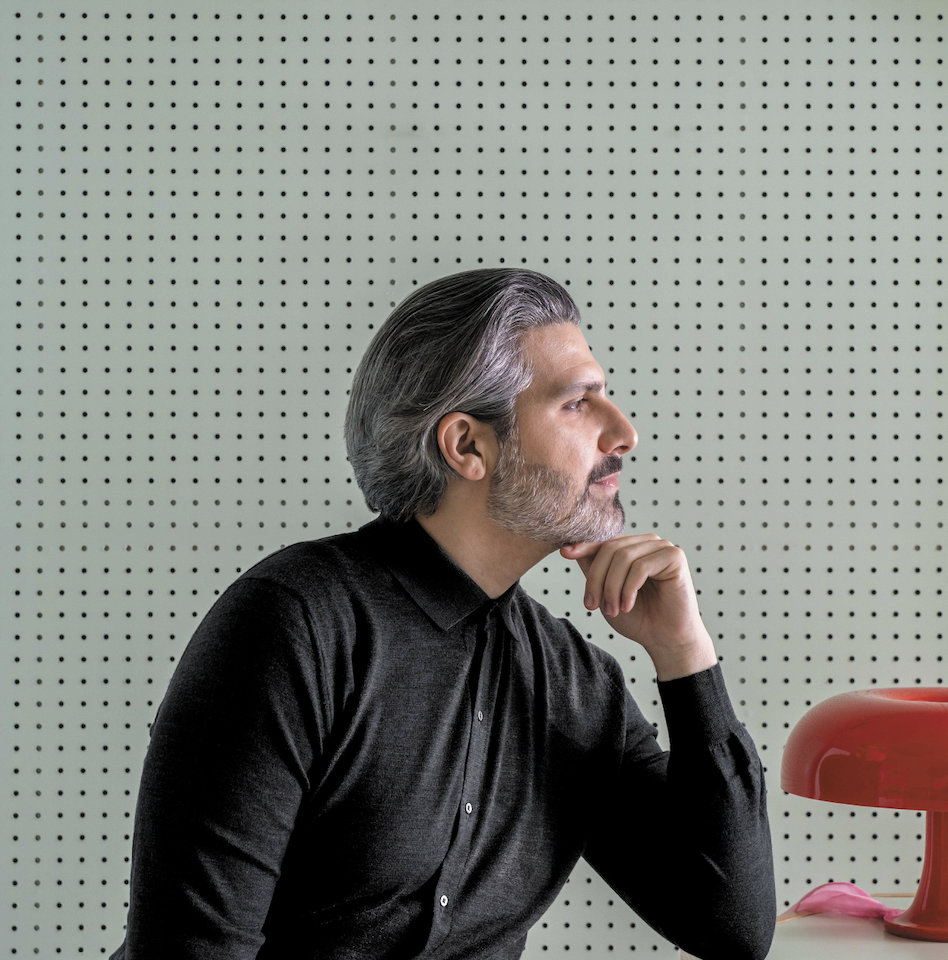Dear Santa: Objects Of Desire
Author:Philip FerratoSocks. Flannel shirts. Chocolates from publicists. All standard holiday fare– but if any of you Santas out there are reading, all I want for Christmas are design artifacts that resonate, like Proust’s madeleines, of the past.
Valentine Portable Typewriter, designed by Ettore Sottsass and Perry King for Olivetti, 1969
The chicest personal typewriter of the 20th Century, now rendered almost completely obsolete by digital advances. Ironically, the Valentine was intended to make communication cheaper and easier by enabling an escape from the tyranny of expensive and cumbersome typewriters. Probably too sophisticated, it never sold well, but there are currently scads of them available on Etsy, in a full range of colors. I’ll have the iconic red, thanks.
The product design blog Mass Made Soul has a comprehensive and beautifully photographed overview of the Valentine, placing it squarely in its time, and although Sottsass– best known now as the founder and guiding light behind the Memphis movement –was ultimately unhappy with the finished product, his poetic manifesto was both egalitarian and very Italian:
“For use in any place except in an office, so as not to remind anyone of the monotonous working hours, but rather to keep amateur poets company on quiet Sundays in the country or to provide a highly colored object on a table in a studio apartment. An anti-machine machine, built around the commonest mass-produced mechanism, the works inside any typewriter, it may also seem to be an unpretentious toy.”
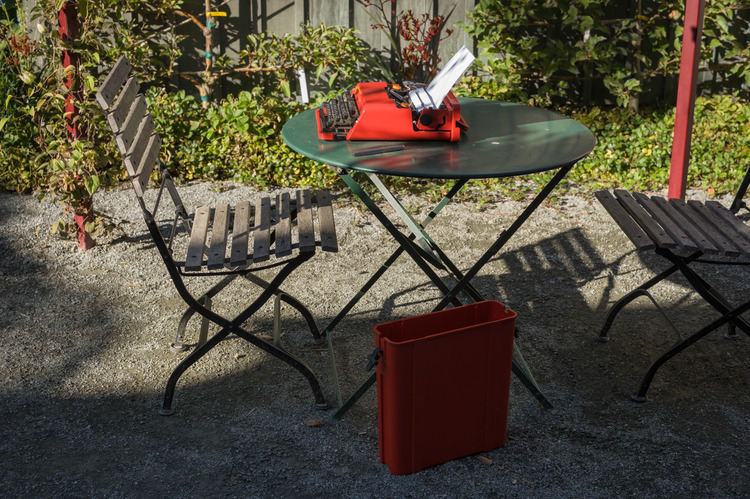
Julius Shulman, Staub House/Case Study House #22. Vintage silver gelatin print via 1stdibs
Post WWII architecture in Los Angeles would change the American concept of what a house could be, and the photographs of Julius Shulman were critical component of that deep cultural shift. They’re also emblematic of the glory days of magazines– the Case Study Houses were commissioned by John Entenza of Art + Architecture magazine to explore new construction techniques, and Shulman’s images in LIFE and Sunset would bring new architecture and possibilities to a mass audience. Even if you wound up in a Levittown, the classic images of Pierre Koenig’s Staub House were both unforgettable and aspirational. Who wouldn’t want to enjoy the good life (highball in hand) cantilevered over Los Angeles?
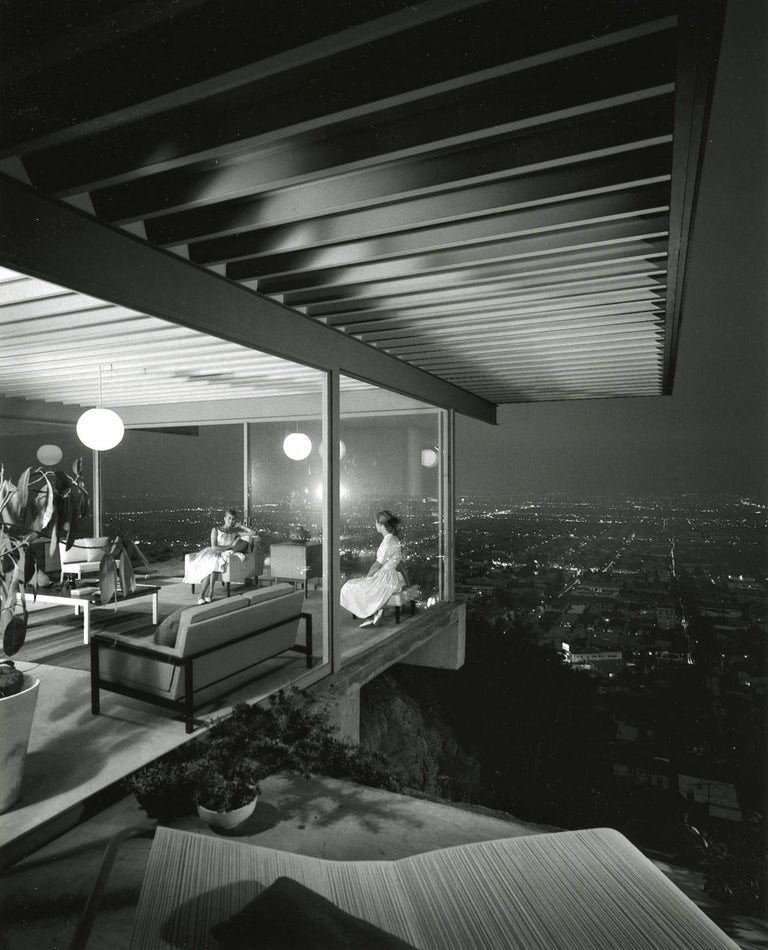
Achille and Pier Giacomo Castiglioni, Firenze Wall Clock, $90 at Placewares
I’m a complete pushover for anything conceived by the Milanese designers/brothers Achille and Pier Giacomo Castiglioni, and the Firenze wall clock is an easy fix for under a hundred dollars. Originally trained as architects, the brothers were hugely influential, working in a style that might be described as both intuitive and intellectual, and rethinking objects, lighting and furniture for the most technically sophisticated Italian manufacturers. Originally designed for the conceptual “La Casa Abitata” exhibition at the Palazzo Strozzi in Florence in 1965, the clock did not go into actual production until 1996 with the Italian home goods manufacturer Alessi. Not a moment too soon.
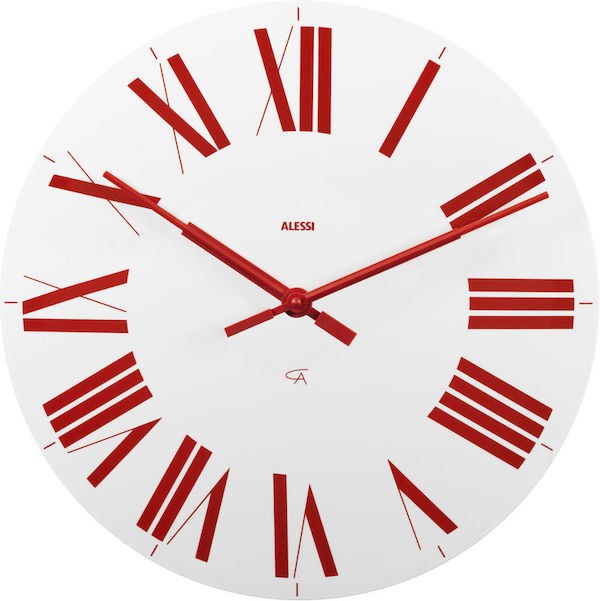
Placewares is the newest home design destination in Palm Springs. A linear descendant of the groundbreaking Design Research stores of the 70s, the proprietors are Kevin Lane and Shev Rush, a couple with a long history of collecting properties by notable architects in California. In addition to a dedicated gallery space for design exhibitions, the shop itself is astonishing, with a range of museum-worthy classics to elevate the mundane– like this brilliant mayonnaise spoon originally designed (also by the Castiglioni brothers) to entice thrifty Italian housewives to use Kraft mayonnaise. Equally indispensable for liberating the last bits jam, peanut butter or mustard from their jars, it’s the perfect stocking-stuffer.
Isamu Noguchi, Akari 10A, $600 via the Noguchi Museum Shop
Japanese-American sculptor Isamu Noguchi may be best known for his big public sculpture projects. He worked across many mediums beyond stone (including set design for Martha Graham) but by far the most intimate and accessible works are his series of Akari light sculptures, brilliantly conceived works of art in the guise of light fixtures, traditionally fabricated since 1951 in Japan of washi paper and bamboo on a metal frame. Unlike his sculptures, which can cost millions of dollars, most Akari can be had for under a few hundred dollars, and range from table lamps to pendants to standing lamps. At four feet high, I love the 10A for its presence and personality. So like any great sculpture, the ability to occupy a space.
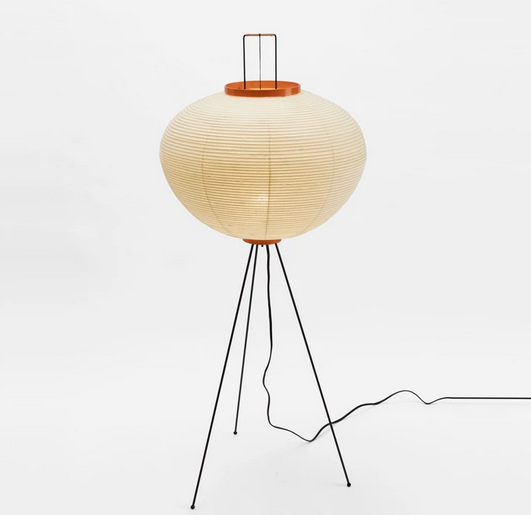
On the other hand, I still welcome chocolates, especially if they’re by Michael Recchuiti, San Francisco’s premier confectioner.
